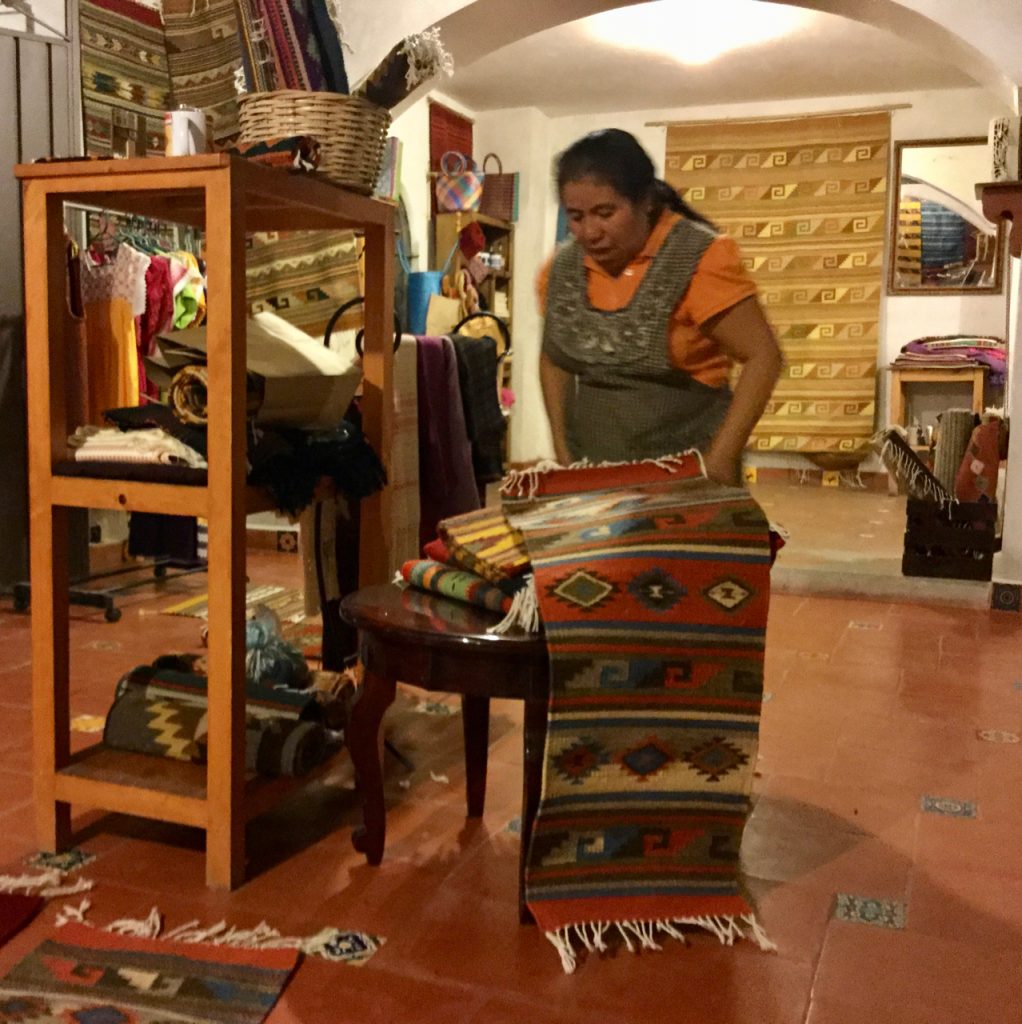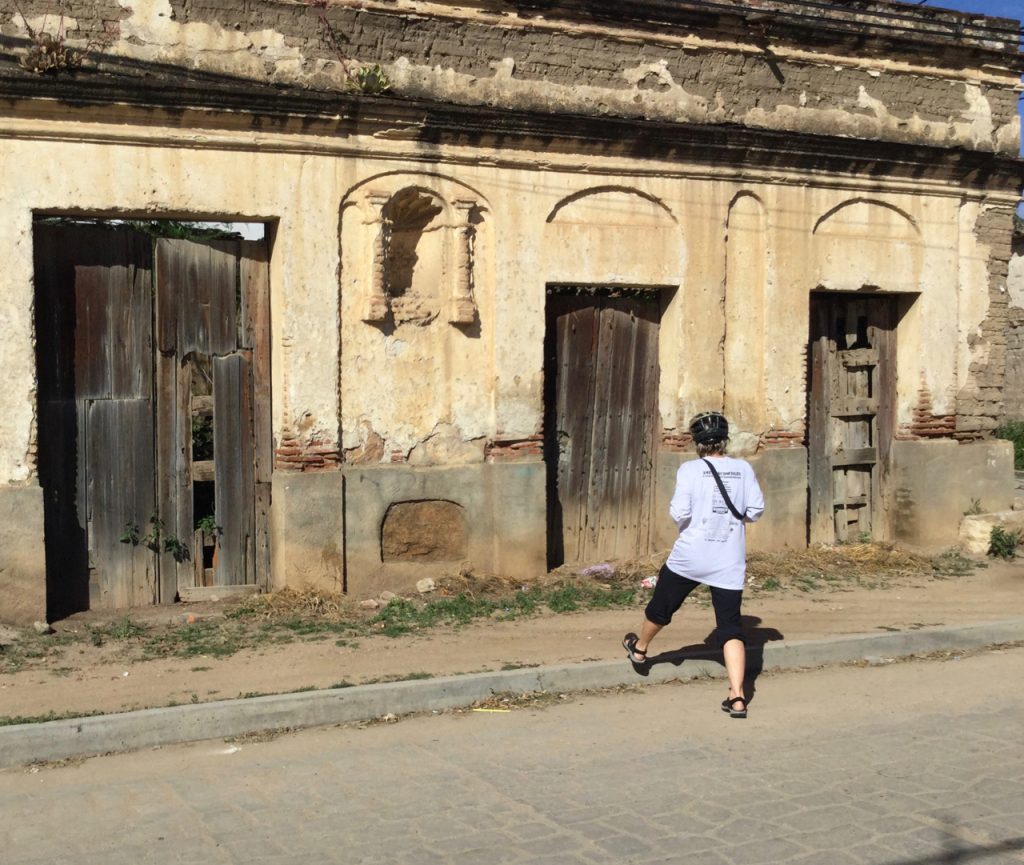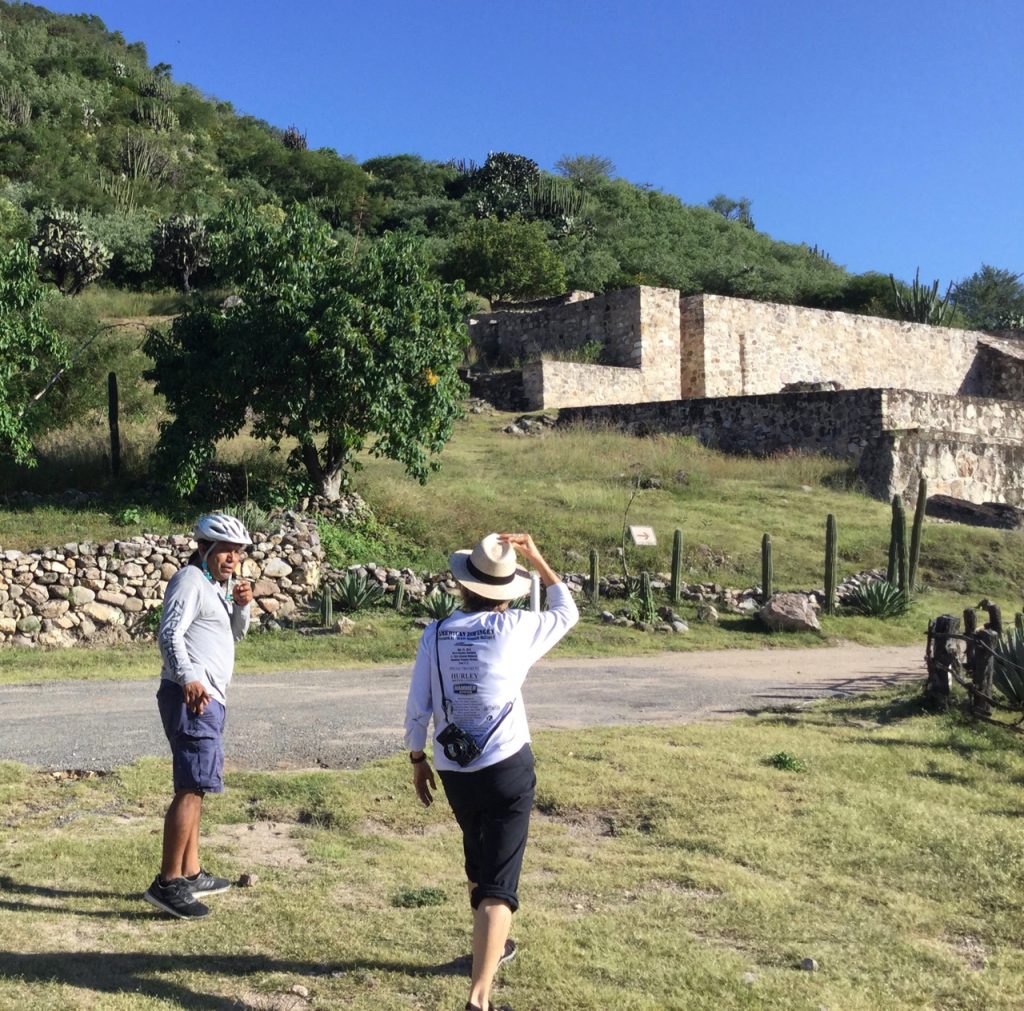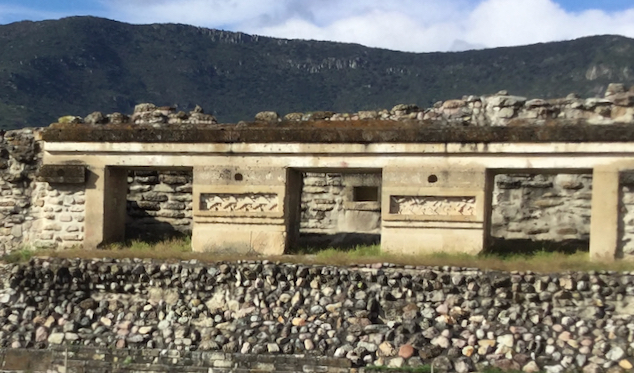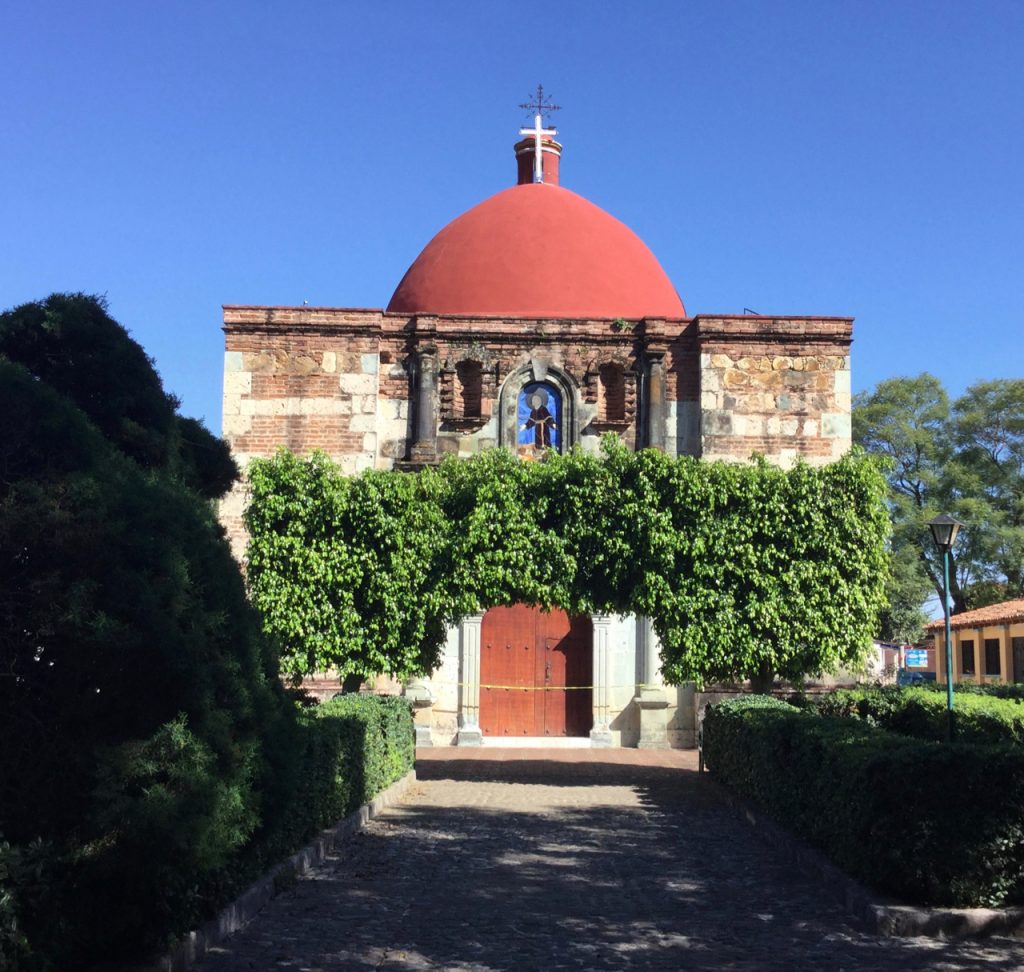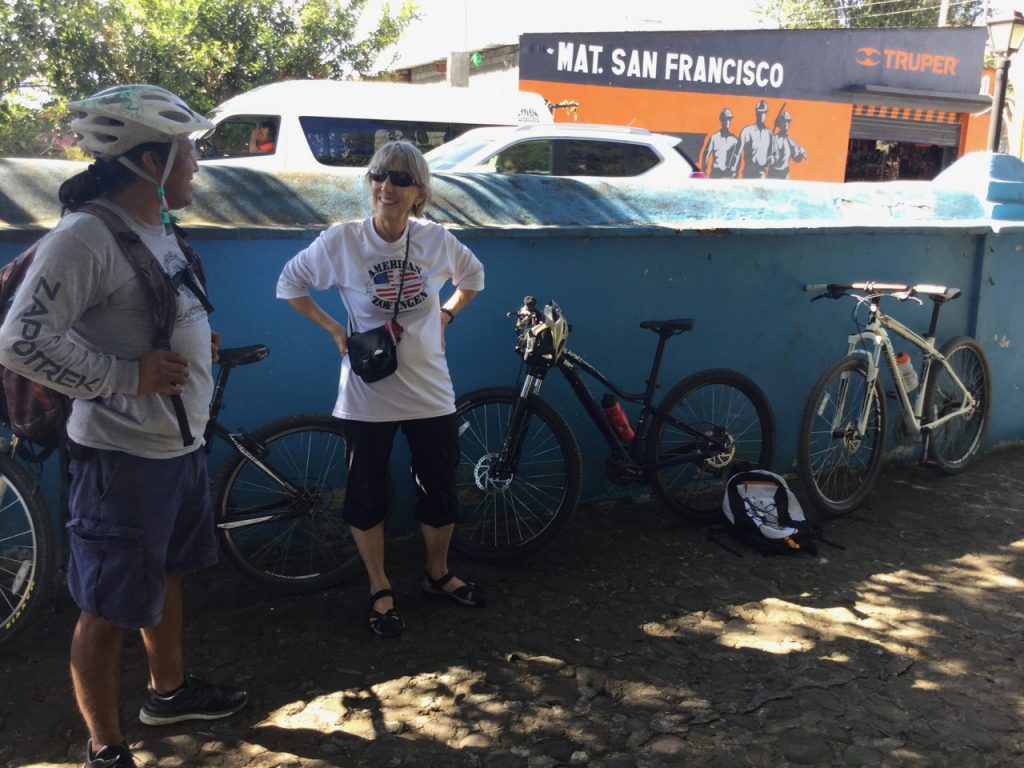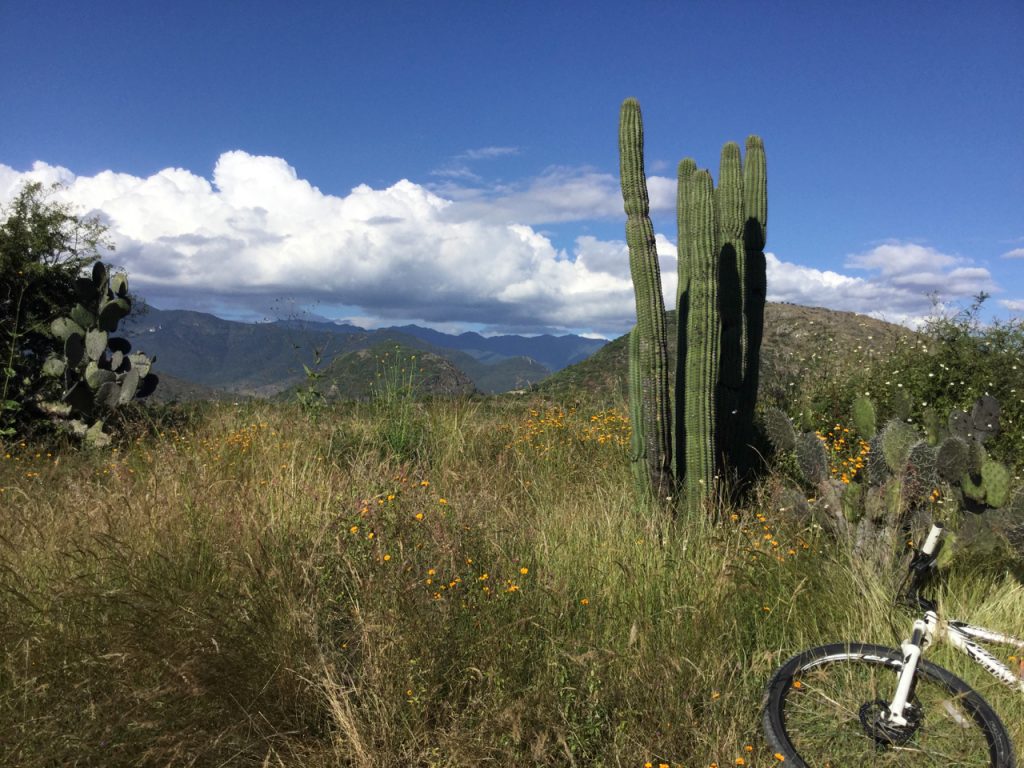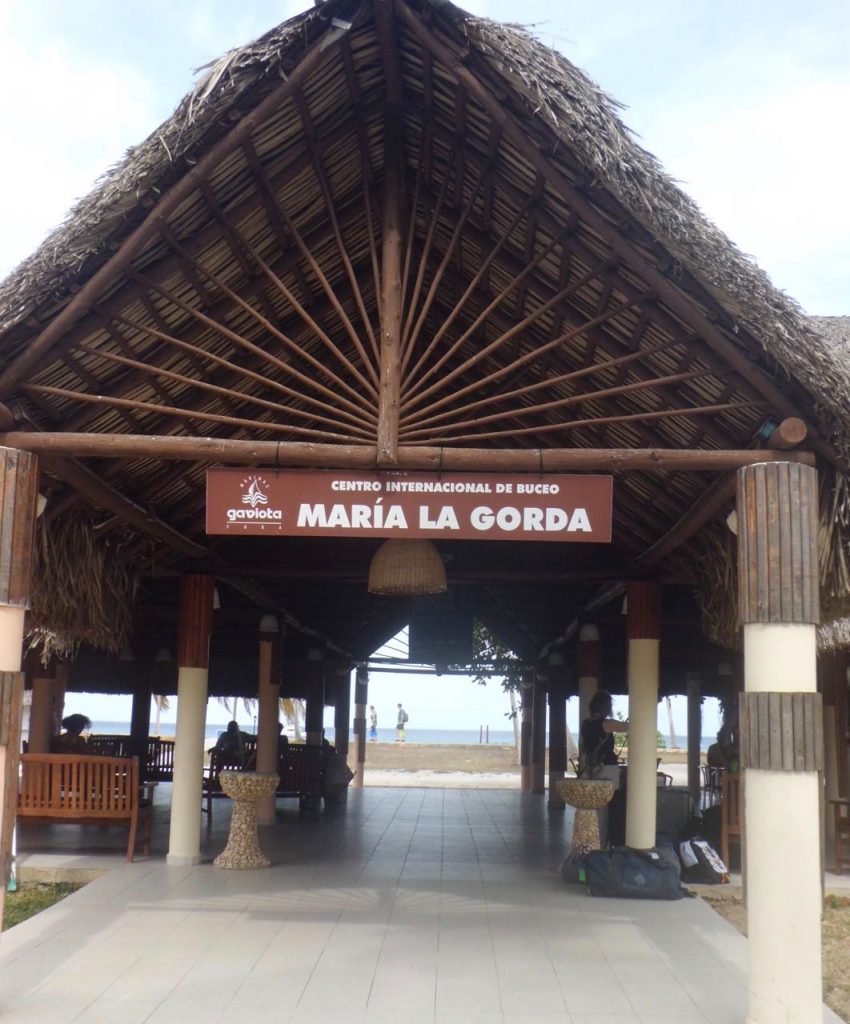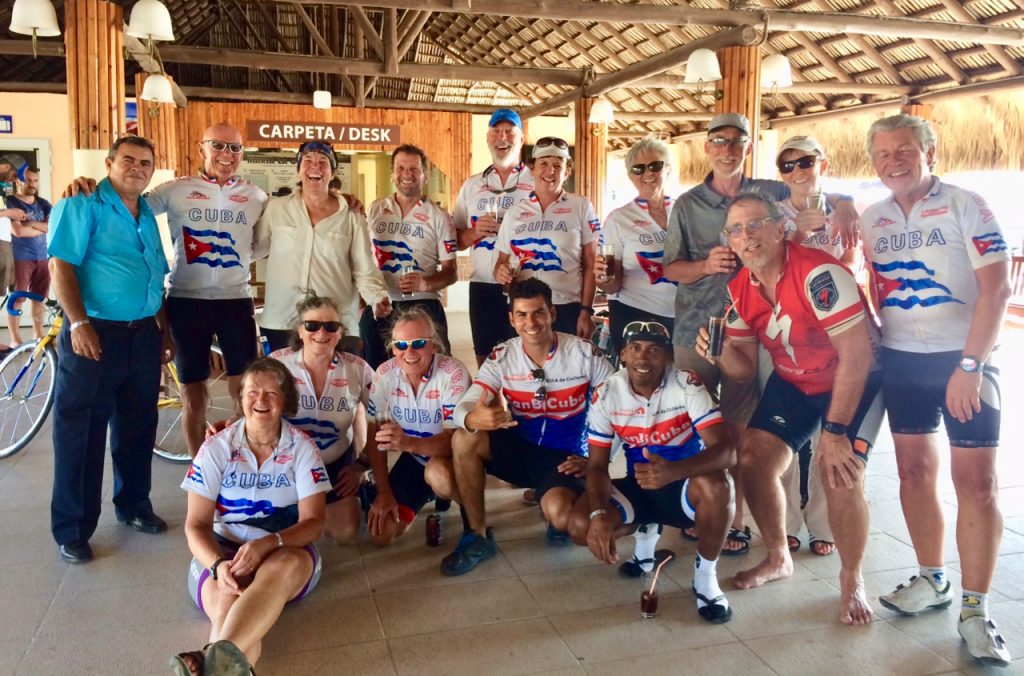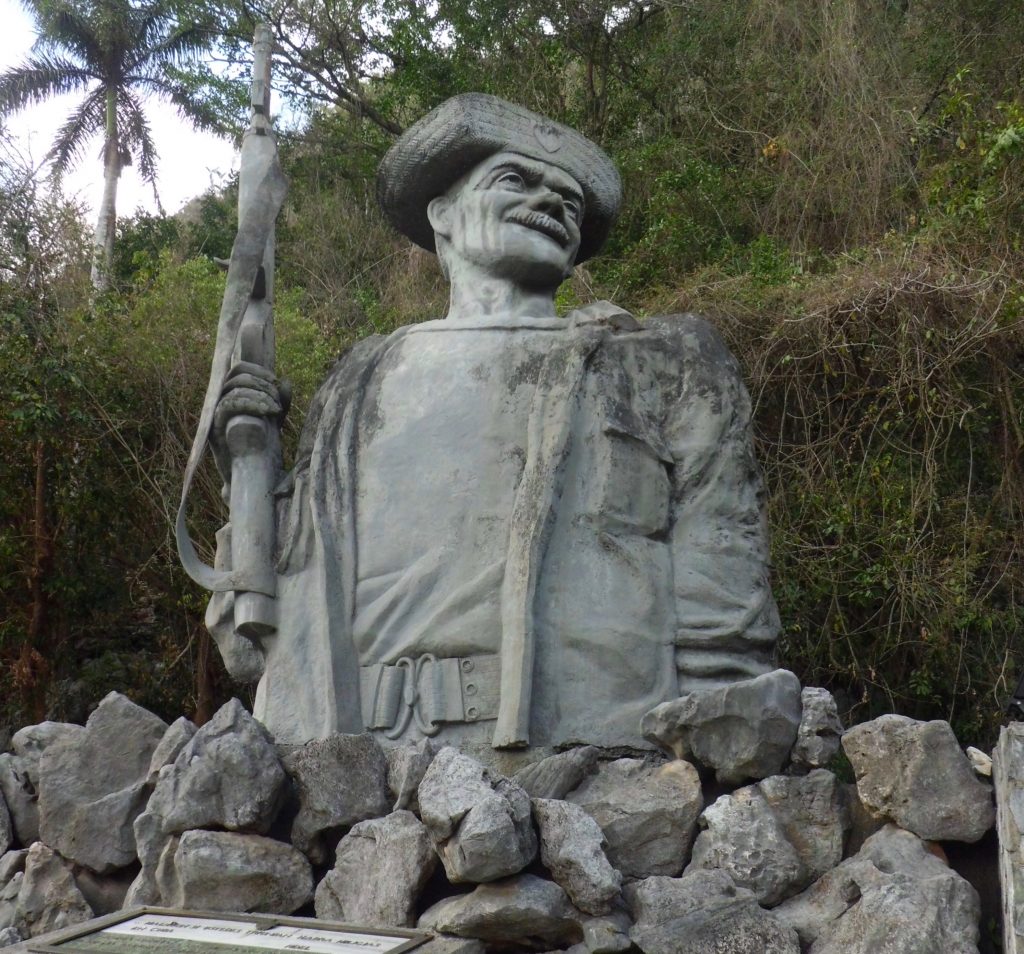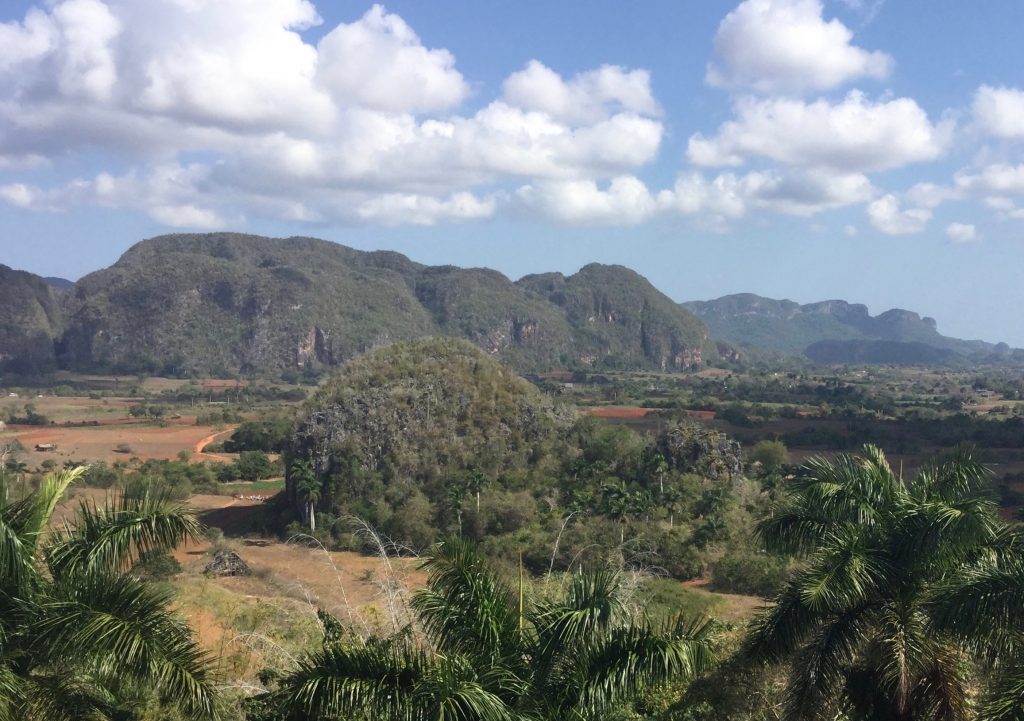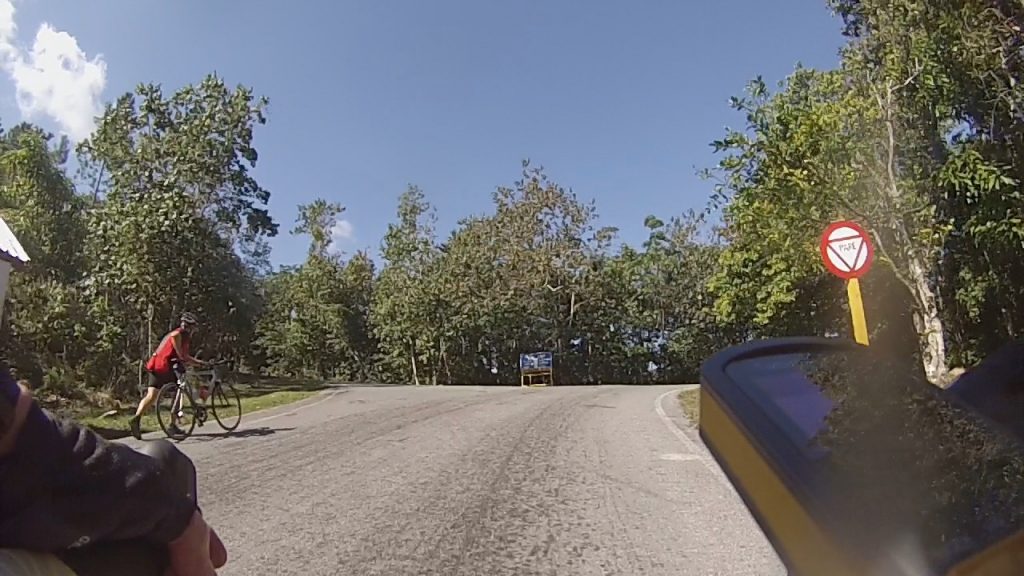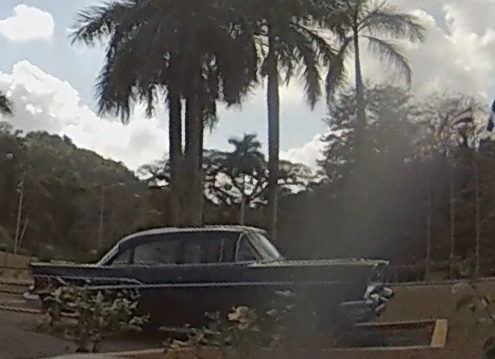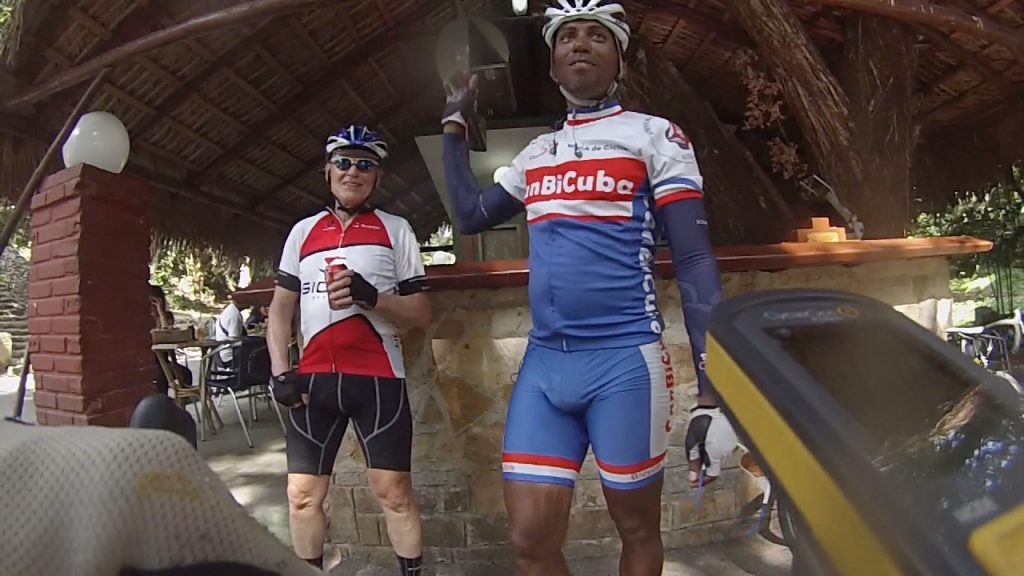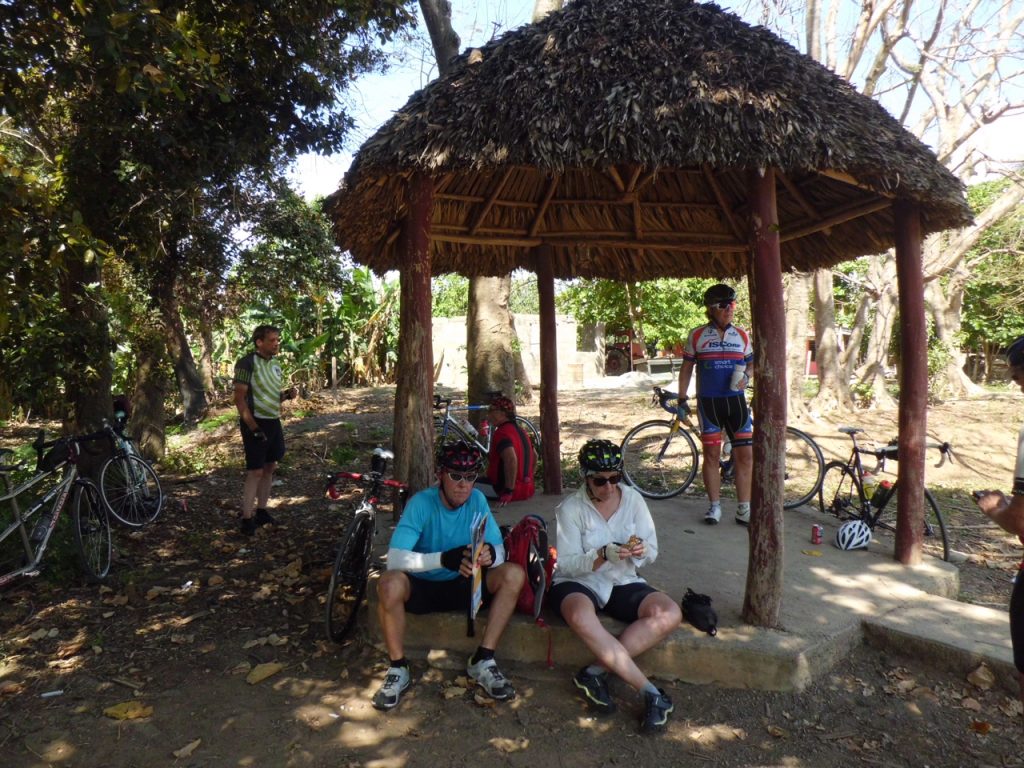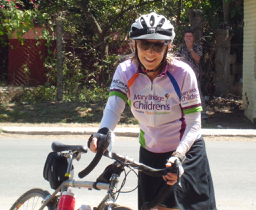The mid-day sun warms up a gondola cage, even on a cold day in January. Skiers fresh from the shuss down Little Nell, then removing skis, carrying them up to the loading dock, and hoisting them into those racks on the side of the car, sit down, and immediately start removing gloves, hats, scarves, anything to cool off.
The guy opposite us, a friendly-looking chap, took off his helmet and balaclava, revealing, in addition to a blond and grey beard, twinkling hazel eyes, and a smiling, wrinkled gaze, an old-line cycling cap, the kind with a small brim and logos across the sides – “Ajax Cycling Club”, in his case.
“Oh, you’re a roadie!” I offered with a grin. He fumbled at his topper, ready to take it off and look, but instead, he launched into a quick explanation.
“Oh, yeah; no. I’m mostly into mountain biking these days.” A crisp hint of a fading Aussie accent. A chuckle, “Yeah, I was at a race last summer, I kind of lost it, I think. It was back in Hunter Creek, near the end where it drops onto Red Mountain Road. My Garmin bike thing” – here he makes a rectangle with his thumbs and forefingers – “my Garmin showed I just stopped dead. When I got to the bottom, end of the race, I saw my daughter, she said I looked OK”
He continued in an elliptical fashion for a few minutes, the gist of which was this: He was riding dead last in this race, got off his bike to ford a drainage ditch, and the next thing he remembers, he’s at the bottom, talking with his daughter – “I must have lost 30 minutes”. His Garmin showed a four minute stretch when he wasn’t moving. He thinks he must have fallen, passed out with a concussion, and then started riding again, but without any memories being made. Pretty common for a concussion. He daughter was a nurse, he used to work ski patrol on Ajax, so they knew to keep an eye on him for signs of decreased awareness and other symptoms of a worsening sub-dural hematoma. He did not go the ER at Aspen Valley Hospital.
I responded, “You know, every since that lawsuit a few years ago, you come in with a loss of consciousness, they do a CT scan on everybody. The one time I had a concussion skiing, couple of years ago on my first run of the year, at the bottom of Funnel on Snowmass, where there is this large bump in the run from where the lift used to be, I decided to go up and over it. Fell down, knocked my head, and lay there for 6 minutes, all recorded with my camera here” – I showed him the Contour on the side of my helmet – “without moving until somebody came along. They took me to Aspen Valley Hospital, found some blood in my brain, and I got to fly to Denver on a helicopter for observation.” I’ve always found this story pretty amusing, so I said it with a full smile, and he went along with the good humor.
The Aspen Silver Queen gondola is a bottom-to-top affair, a full 3300 vertical foot, 14 minute ride. This gave us time to share more war stories, which of course had to include my encounter with a pick-up truck at while biking at 25 mph. “You can see that one on my bike computer real easy.” I moved my left hand flat across in front of my face, then dropped it 90 degrees straight down. I just stopped like a crash-test dummy hitting a concrete wall when I hit the tailgate of that pick-up” I couldn’t stop there, so I had to tell him the story, 12 days in the ICU, lost Kona trip. I left out most of the gory details, only admitting to losing a few teeth.
“But did you lose consciousness; what’s the last thing you remember?”
“Oh, I remember everything as it happened. You know that sound you hear, when two cars collide, and you’re inside, kind of like metal crunching or crumpling? That was the first thing I heard.”
“That was your bike hitting the truck?”
“No, that was my jaw! Bent my neck back, knocked out my teeth…and it’s funny, the only thing going through my mind was how can I get on my bike, get back up and start riding!”
“So how old are you?”
“Sixty-nine.”
“Hmm,” he mused, “just a little younger than me.”
By this point, we were thoroughly bonding over bike accidents. He seemed to know the area very well, saying he’d been here over forty years, so I asked his name.
“Ed Cross…”
“Ed Cross – yeah, I’ve seen your name on Strava segments – you’re always near the top there in our age group.”
Again a rowdy chortle. Ed, though much Americanized, still had a lot of Aussie in him. “Yeah, but it’s mostly on the downhills! I think as guys get older, they get a little slower going down. Not me, I guess.”
Since I’d mentioned Kona, he brought him his swimming background, in a round-about way: “So, I’m curious…how much do you slow down swimming. I used to be a swimmer. How fast can you go, say, 800 yards.”
I tried doing some calculations in my head, and figured I would say, “For a short course tri, we go maybe 750 meters, I do that in 14 minutes.”
“Wow, that seems pretty fast. I can’t do that any more. Back in Australia, I was on the national team, had a shot at the Olympics. I did pretty well in both the short course races, and the surf lifeguard championships.” I wanted to throw in some respect there. Australian beach lifeguards are well known as the baddest of the bad-ass when it comes to open water surf swimming. But Ed was on a roll. “Yeah, when I was young, I was doing the sprint in 26 seconds.”
“50 meters?”
“Yeah; but now I can barely make 46, 47 seconds for 50 yards in the pool here. That’s all out, just one time. ‘Course, it’s at altitude, and I’m not in shape, but still…So I was wondering, just how fast do you slow down?”
“Well, I swam on teams when I was a kid, but never that fast, not near as fast as you. But right now, even here in Aspen, I can go 46, 47 seconds for 50 yards, on the minute” – meaning, I started a new 50 every 60 seconds – “for 20 repeats. And an Olympic triathlon, that’s 1500 meters, I’ll do maybe 29-30 minutes. But that’s open water, with a wetsuit”
“That’s pretty good.”
“You’d think, with swimming being so technique-dependent, that you wouldn’t slow down as much, But I’m not slowing down nearly as much biking and running. I guess it takes a fair amount of strength to hold that proper technique”
Ed had an idea. “You ought to come and do our races with us, if you’re ever here in the summer. Every Wednesday night.”
“Sure, I know those races. I’ve never done a bike race, a stand-alone bike race. I used to do Xterras – you’ve heard of them?”
“Sure, one of our guys here” – he points vaguely up the mountain – “Alex Gonzalez, he’s one of the champions.”
“Xterra – I was good at swimming and running, but I never did learn to really race on a mountain bike.”
“Well those Wednesday rides would be good for you. We get a lot of older fellas doing them. And of course, there’s the climb up the Pass, in May – but that’s probably too early for you.”
“Oh, no, I do that every year. Not the ride, I’m too cheap to pay for it, I just go by myself to the top the day before the road opens.”
This earns a hearty laugh from Ed, who must be a life-long sports bum – surfing, swimming, skiing, biking. We are apparently brothers in our cock-eyed view of what constitutes fun.
At this point, he finally admits what is slowing him down. “I’ve got two fake knees”, he says, as the gondola approaches the unloading dock, doors, swinging out and back. I wish we had more time to explore that bombshell. But we have to go skiing down, and he’s meeting folks at the Sundeck, so I just wish him, “Stay safe, Ed.”

